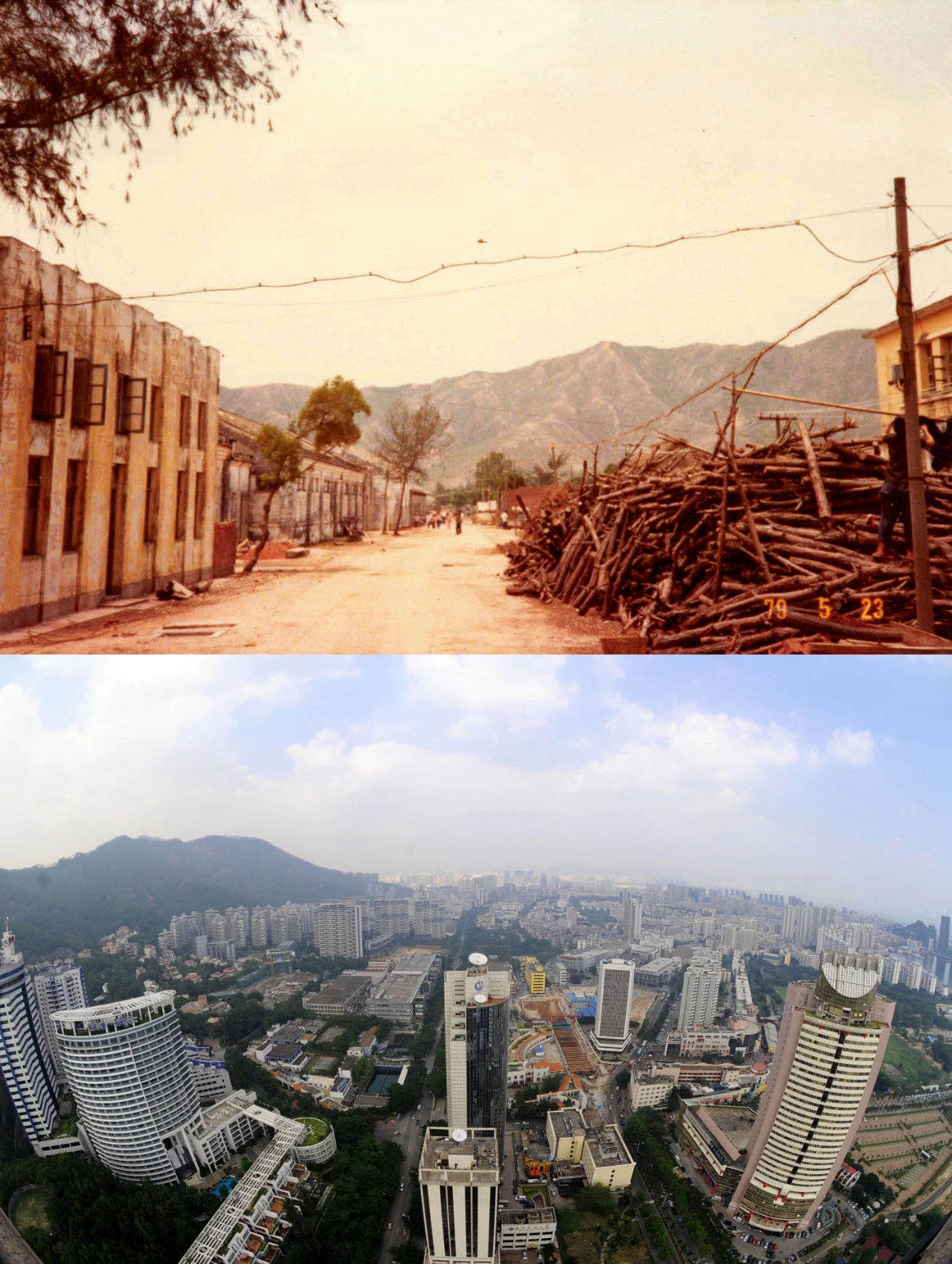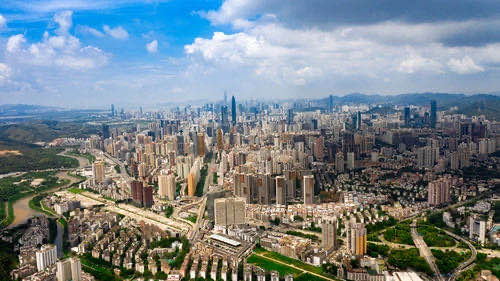President Xi Jinping delivered a speech October 14 at a grand celebration of the 40th anniversary of the establishment of the Shenzhen Special Economic Zone.
Xi noted that Shenzhen was a brand-new city created by the Communist Party of China (CPC) and the Chinese people after the country's reform and opening-up, and that its progress over the past 40 years was a miracle in the history of world development.

Chinese President Xi Jinping, also general secretary of the Communist Party of China Central Committee and chairman of the Central Military Commission, delivers an important speech at a grand gathering held to celebrate the 40th anniversary of the establishment of the Shenzhen Special Economic Zone in Shenzhen, south China's Guangdong Province, Oct. 14, 2020. (Photos: Xinhua)
Birth of SEZs
China's economic reform and opening-up to the outside world started in December 1978, when the Third Plenary Session of the 11th Central Committee of the CPC officially set the reform drive in motion.
"Let parts of China get richer first. Egalitarianism is not going to work," said the late Chinese leader Deng Xiaoping.
Shenzhen in Guangdong Province, which borders Hong Kong, was suitable to pioneer the historic endeavor of promoting reform and opening-up and expanding foreign economic relations and exchanges.
On July 15, 1979, the CPC Central Committee and the State Council approved the report of Guangdong Provincial Party Committee and Fujian Provincial Party Committee on the implementation of special policies and flexible measures on foreign economic activities.
They established pilot special economic zones in Shenzhen, Zhuhai, Shantou and Xiamen.

Before: the old street in Shekou, Shenzhen on May 23, 1979 before development. After: Shekou Industrial Zone, the first pilot zone of reform and opening-up, on October 10, 2008.
On May 16, 1980, the CPC Central Committee and the State Council formally named them "Special Economic Zones."
On August 26, 1980, the National People's Congress formally approved the establishment of the country's first special economic zones to encourage overseas investment and boost economic growth.
Eight years later, Hainan SEZ, the largest special economic zone in China, was established.
Transformation
Shenzhen is widely regarded as a city that has developed the fastest in China in the past four decades.
In 1980, Shenzhen’s GDP stood at 270 million yuan ($40.2 million). Last year the city’s GDP reached 2.7 trillion yuan ($415 billion). That's average annual growth of 20.7 percent.

Shenzhen on August 26.
Forty years ago, Zhuhai was a grain station, a hotel and a road.
Today, it is a modern garden seaside city where resident per capita disposable income has increased by more than 36 times.
As one of the treaty ports established for Western trade and contact, Shantou SEZ is now one of Guangdong's core economic cities. It has also been honored with the title of national top city for tourism.
In 1981, Xiamen, a small fishing village, was approved by the State Council as one of the four SEZ cities to pilot reform and opening-up initiatives. The GDP per capita of Xiamen today exceeds $20,000.
Since the establishment of the special economic zone, Hainan's GDP increased 21-fold, GDP per capita rose 14-fold and financial revenue 226-fold.
"Forty years of reform and opening-up of Shenzhen and other SEZs have created great miracles, accumulated valuable experience and deepened the understanding of the laws of building the SEZs of socialism with Chinese characteristics," Xi said.
(Compiled by Wang Pengda; Original story from Xinhua)


